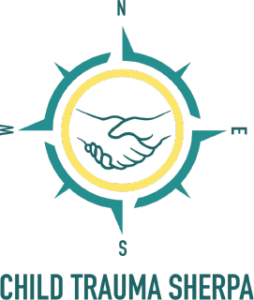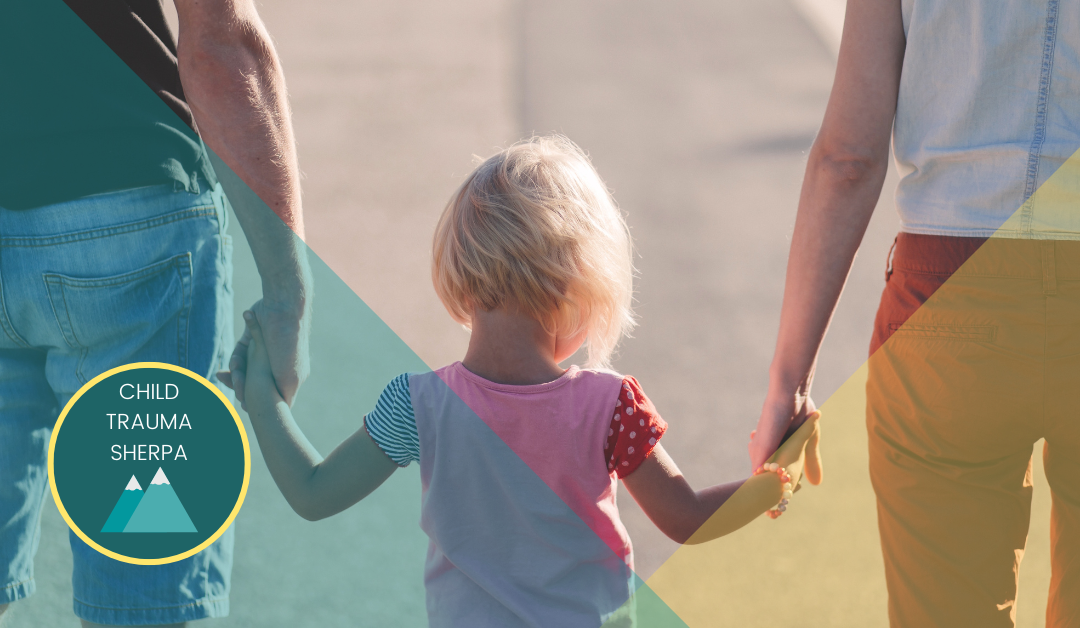3 Keys to Healing Childhood Trauma
Childhood trauma is most often caused by a fracturing or breaking of trust and a poor relationship with the caregiver in their life. There are several types of childhood trauma, and while one type can be caused by severe natural disasters, the majority are the cause of neglect or abuse wherein the adult’s actions have caused the child to no longer trust adults.
This leads to children with trauma acting out, displaying unwanted behaviors, forming unhealthy attachments, and displaying many more symptoms of childhood trauma. Culturally, we are taught to parent on behavior first and relationship after. While this approach may work when the bond between parent and child is healthy, safe, and the child knows they are loved, it only retraumatizes children with trauma and reinforces their perception of neglect, abuse, and mistrust of the adults in their lives.
While the journey of healing from childhood trauma is never over and that pain can resurface at any time, it is possible for your child with trauma to begin to feel safe, happy, and loved. To begin that healing process, caregivers and other adults in the life of the child with trauma must parent from the relationship first. In other words, you must focus on healing the cause of the trauma–the broken trust.
You’ll find that when you focus on parenting from a relationship first, the unwanted behaviors will begin to dissipate, as these behaviors are merely a symptom of the trauma that your child experienced.
Over the years, I have done much research and learned many things in my own quest to help my adopted children heal from their trauma. What I found to be most helpful was using the Positive Safe Relationships (PSR) system.
What is Positive Safe Relationship (PSR)?
Because childhood trauma is caused by negative relationships with an authority figure that leads to a loss of trust and safety, it only makes sense that for healing to occur, you must show your child with trauma that they can feel safe and loved by you.
Your mantra with this system should be “trust is a must,” and PSR is all about building trust between you, the caregiver, and the child with trauma. It is about creating a safe place for your child to work through their trauma on their own timeline.
Children with trauma simply want to know three things from their caregiver:
Do you love me?
Can I trust you?
Can you help me?
By fulfilling these three specific needs, you can create a positive, safe relationship with your child that will allow them the space and time they need to work through their trauma and heal. In order to fulfill those needs, you must be able to relate to your child with trauma. Love, hope, and empathy are key to relating to a child with trauma.
How to Use PSR
Let’s delve a little deeper into the love, hope, and empathy required to create a positive, safe relationship.
Showing empathy to your child with trauma is perhaps the best way to convey to them that you can relate. Empathy is about expressing that you understand what your child is feeling and letting them know that these feelings are completely valid. Do not dismiss your child’s feelings as this can cause further mistrust and they won’t see you as someone they can come to for support.
During this time of showing empathy, it is important to also help your child regulate. This can be as simple as taking them aside to speak with them or it can be providing them some quiet time to do a little deep breathing. It should be a calming experience that can help them move on to the next step when a problem arises.
To show your child that there is hope, you must guide them on their healing process. Once you have established empathy in a particular situation, find out the real reason your child is displaying unwanted behavior. Once you understand the real reason or problem, you can reason with or suggest a new way of handling the problem or use redirection. When it comes to a new solution to their problem, remember that your child with trauma should have a sense of control over what they do next. Never force them to do something they aren’t ready to do.
Finally, you must always show your child unconditional love no matter what. This is what lets them know that no matter what they do, there will always be someone that loves them and supports them.
Final Thoughts
Remember that healing from childhood trauma is a process and a lifelong journey. However, it must always be done at your child’s own pace. Each child with trauma has a different story and their path to healing will be unique and done in their own time. While you are there to guide them and show them unconditional love, remember that they must be the hero of their own story. No one can do their healing for them. By creating a positive, safe relationship between you and your child, you can begin to see them heal and flourish!


